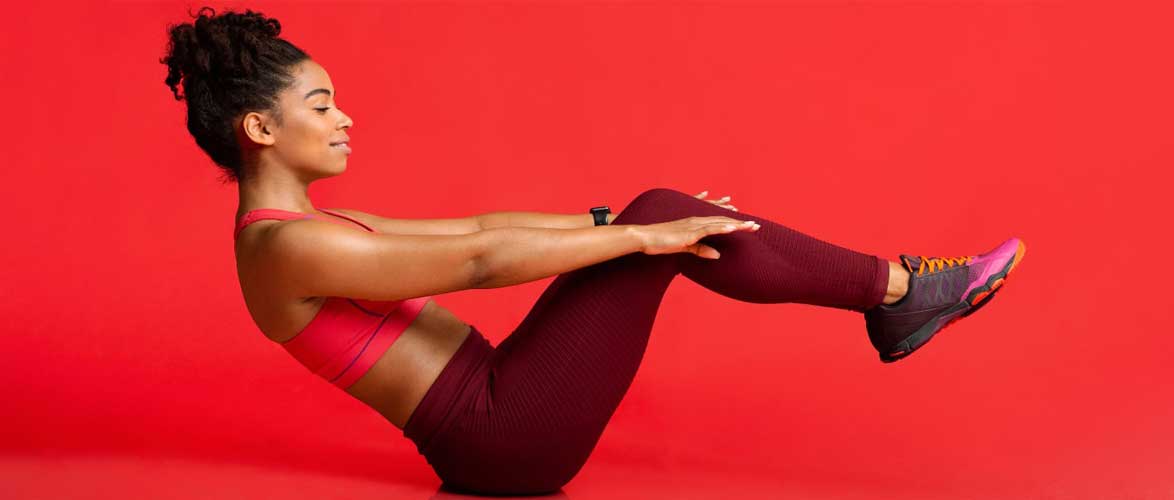How to Use Red Light Therapy for Weight Loss With Your Exercise Program
Some of us might be looking to shed a little more than our sweaters as we emerge from cool weather months. Whether turning a couple of extra pounds into lean muscle or starting a journey to a complete lifestyle change, exercise, and diet programs can be a struggle to stick to, and results can be difficult to see.
Red light therapy, such as that from an LED light bed, can be added to an approved weight loss program to help burn fat, reduce the appearance of cellulite, and reduce muscle soreness and the risk of injury from exercise.
The Role of Red Light Therapy in Weight Loss
Red light therapy, harnessed through devices like LED light beds, can seamlessly integrate into an approved weight loss program, contributing to fat burn, cellulite reduction, and alleviation of muscle soreness, consequently minimizing the risk of exercise-related injuries.
How Red Light Therapy Facilitates Weight Loss
Red and near-infrared (NIR) light therapy profoundly impacts metabolic processes. Targeting the mitochondria of our cells triggers increased ATP production, enhancing energy transport in our bodies. Elevated metabolic rates from red light therapy make cells more efficient in burning glucose, resulting in effective fat loss.
Utilizing TheraLight LED Beds for Weight Loss
The TheraLight 360 and TheraLight FIT LED beds emerge as valuable adjuncts to obesity treatment within a comprehensive diet and exercise regimen. Combining red and near-infrared light therapy with diet and exercise optimizes the weight loss journey.
Reduce Cellulite & Firm Skin
Cellulite are fat deposits that cause a dimpled appearance of the skin in areas like the thighs and midsection. Red light therapy can help diminish the appearance of cellulite and firm the skin in these areas. Boosted collagen production from increased fibroblast development due to red light therapy helps firm the skin. Exercise and red light therapy combined improve the look of cellulite more than one or the other on their own.
Getting back into exercise? Try these workouts for beginners.
Poor blood circulation in certain areas is another factor in cellulite formation, and red light therapy promotes circulation and blood vessel health, which helps reduce cellulite formation.
Note: Cellulite is just one-way fat cells are arranged on the body and is not harmful. Most people have some cellulite on their bodies (even celebrities and athletes) because we all have fatty tissue. Reduced appearance of cellulite can be a confidence boost, but it’s important to recognize that cellulite may not disappear completely.
Red Light Therapy to Reduce Injury
Nothing stops a new workout routine like sustaining an injury. If it’s been a while since you hit the gym, ensure you get a proper warm-up before starting your workout. A warm-up gradually elevates your heart rate and gets your blood flowing so your muscles are ready to go. Red light therapy before a workout can help you with your warm-up. A full-body red light treatment can help increase circulation in your body because of the vasodilation effect or the temporary widening of the blood vessels that red light has on the body.
After you’ve crushed that HIIT circuit (or any exercise you like), red light therapy can also help reduce pain from delayed onset muscle soreness (DOMS). You know that the following day after a workout, your body groans and protests at every movement when you wake up. DOMS can be a workout motivation killer, but red light therapy can help reduce the pain caused by DOMS.
While the exact cause of DOMS isn’t known, it’s likely caused in part by minor tears in the muscles from exercise, which causes swelling. Red light therapy after a workout helps inflammatory mediators (like white blood cells) get to your muscles faster to reduce inflammation and repair damage.
The right shoes make a difference in your workouts. Prevent injury with shoes fit for your body and your exercise routine.
Getting Started With Red Light Therapy for Weight Loss
Red light therapy should be used as part of a weight loss program. Nutrition and exercise are other vital components to success with weight loss. One aspect of weight loss that can’t be overlooked is maintaining a healthy weight and lifestyle by forming new habits and breaking old ones. Remember, it can take 30 to 60 days to break or develop a new habit, so persistence is key.
Pro-tip: Set goals beyond mere weight targets; consider achievements like running a 5k in under 30 minutes or increasing your one-rep max weight by 10 lbs to measure progress.
For those initiating a weight loss or exercise program, consulting with a healthcare professional, especially if underlying health concerns like diabetes or heart disease, is vital. Recognizing that there's no one-size-fits-all approach to weight loss, focus on building a holistic, healthy lifestyle.
To incorporate red light therapy into your weight loss program, explore TheraLight providers by clicking the link below.

